column
A good friend of mine once told me that his idea of the perfect yard was one where he could walk around naked - and none of his neighbors would be able to see him. What a concept! Unfortunately, few of us can afford a yard so large that we could not be seen by neighbors under any circumstances. So what can you do to create that perfect private environment? As we'll see here, you have a lot of choices. DISCOVERING PREFERENCES Many people go all the way in creating privacy by building structures that make them feel safe and enclosed. Others prefer a less claustrophobic approach, such as soft plantings. Either way, and particularly when you are dealing with watershapes where your clients may want to enjoy communing with nature in the buff, creating some type of barrier against neighbors' intruding eyes is essential. Your clients' preferences may
It's tough to keep the Big Picture in mind when the day-to-day grind seems relentless. Even so, it's important to take a step back from time to time and remind yourself of exactly
Each year, the National Spa & Pool Institute offers special programs in conjunction with its International Expo. Most years, these programs include tours of local places of interest, such as notable museums, historical sites, outstanding examples of local architecture and the like. With the Expo in Las Vegas last December, NSPI took advantage of the location and included a tour of Hoover Dam and Lake Mead, a scant 30 miles from the glitz and glitter of The Strip. More than100
Your clients are thrilled with your pool design - with one exception. It may be set up to withstand a 9.0 earthquake, but with all that decking and concrete, it resembles a bomb shelter. Apparently while you were working with the client's desire for seismic durability in mind, you lost sight of their additional desire for soft, rolling meadows. I exaggerate here to make a point: Too many watershapers are reluctant to
By repeating something from one place in the yard to another, you tie everything together - and expand upon an idea that has already worked somewhere else in that yard. With landscaping, this doesn't always have to mean plants. When you find something that works and you like it, why not stick with it? Last month, I told you how we turned a small wasteland into an indoor oasis for one of my clients. When we were finished with the project, the clients were
I've been paying attention to what goes on in this industry for a long time, and I'd have to say that these times are better than any I've ever witnessed. And it's not just me: I talk all the time with people all over the country, and it's probably not going out on much of a limb to say that most of us are having the best times we've ever had. Everywhere you look, people are pressing as hard as they can to keep up with the demands being placed on them. And it's true even in
When I first begin to do research for a column, I really have little control over the direction I might take. If it's a cut-and-dried technical subject where I'll be dealing primarily with solid, scientific facts, the task is relatively simple. Using my own textbooks, two local libraries and the Internet, I look for my subject matter in a minimum of three separate sources. If the information is identical in each selected source, I feel pretty confident that I can use the data in an article. It isn't always so easy, however, and that's nobody's fault but
Not long ago, a gentleman who had attended one of the Genesis 3 schools was discussing an encounter he'd had with some other pool builders. Much to his surprise, one of the people he was talking to told him he'd been crazy for taking the time and spending the money to attend the school. To me, this is indicative of the sort of mentality that holds our industry back. What the Critic was saying was that his colleague was foolish to have attended the equivalent of a college-level course in aquatic design - a course designed to help him advance in his own line of work. It boggles the mind, like that whole "dead architect" question and the difficulty some people have in valuing what we can learn from designers who have gone before us. When I'm asked what we, as exalted pool builders at the turn of the millennium, have to learn from
Last month we covered the "hows" of grounding pretty well. Using the definitions from the National Electrical Code (NEC) for guidance, we saw that in order to be considered effectively grounded, the non-current-carrying metal parts of all equipment associated with a watershape must be connected to the system grounding bus at the electrical service panel. This is accomplished by installing a green-colored (or green with a yellow stripe), minimum No. 12 AWG insulated copper conductor between the equipment's grounding terminal and the system grounding bus. This conductor is












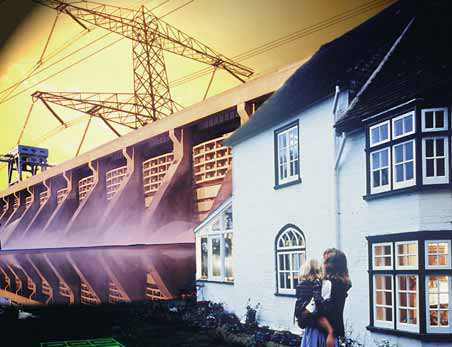
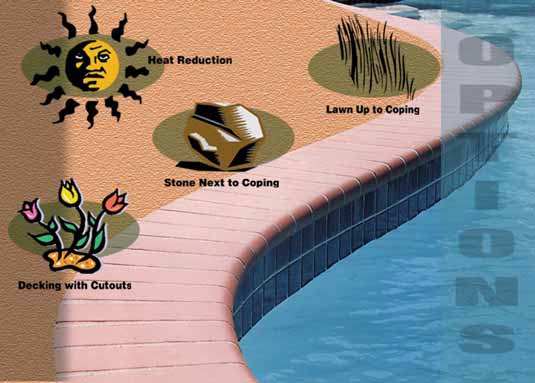

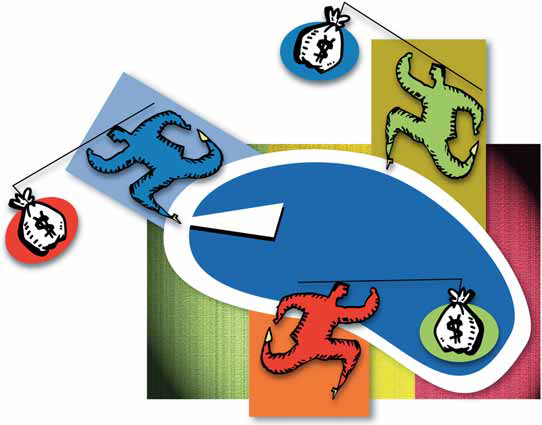

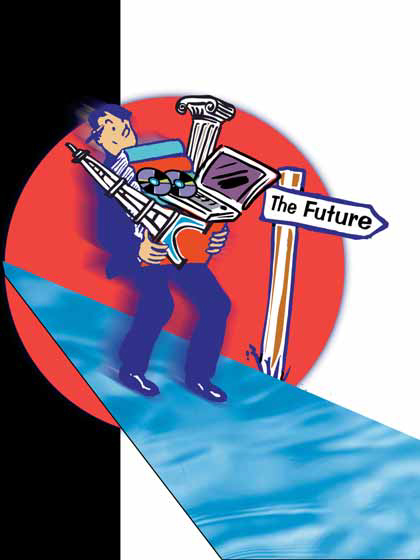
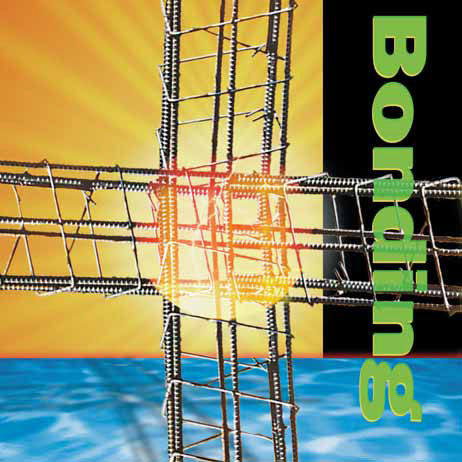



In Search of Balance and Harmony